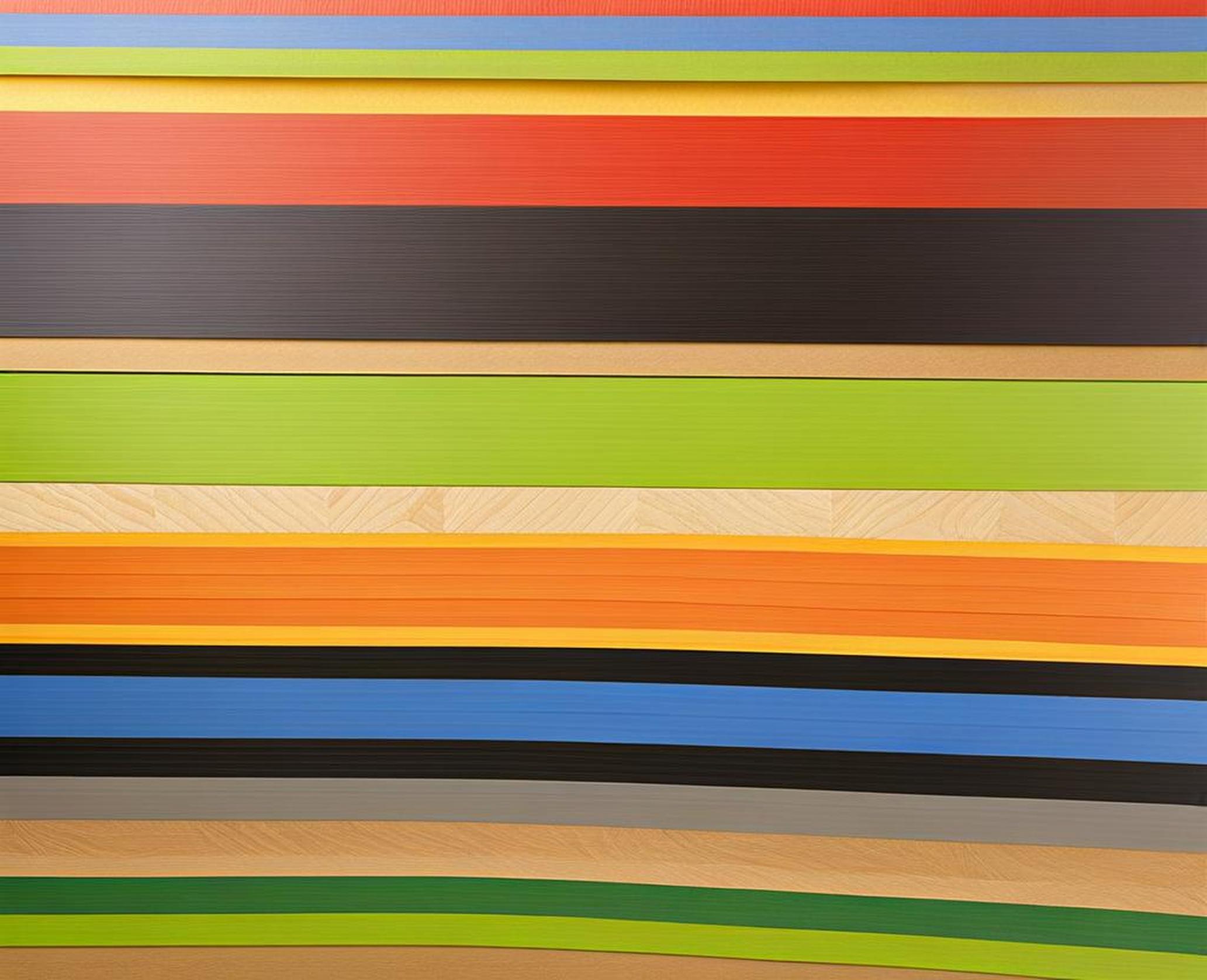Painter’s tape is a versatile product used for masking and adhesive applications across many trades. But how well does it hold up when the heat is on? Understanding painter’s tape’s heat tolerance is critical for high-temperature uses like 3D printer beds. Through scientific analysis and real-world testing, we set out to finally provide definitive guidelines on the max temperature painter’s tape can withstand before failure.
We also overview proven test methodologies to quantify max usable temperatures. The goal is to empower DIYers and makers to confidently utilize painter’s tape for hot applications by knowing its limits.

What Gives Painter’s Tape Heat Resistance?
The key to painter’s tape’s ability to resist high temperatures lies in its outer paper backing layer. This thin paper allows heat to pass through while also preventing deformation issues like rippling or oozing of the adhesive.
Thin Paper Backing Layer
Standard painter’s tape construction utilizes an outer layer made of thin, lightweight paper. This paper backing is designed to be permeable and fragile compared to the inner adhesive layer.
When heat is applied, the thin paper allows rapid conduction while largely retaining dimensional stability. This prevents bubbles or other deformations that could loosen adhesion.
The inherent weakness of the backing actually increases heat tolerance by acting as a limiting factor. The adhesive will fail at much lower temperatures than the paper backing can withstand.
Specialty High Heat Formulations
Beyond conventional offerings, certain painter’s tape varieties are specifically engineered for improved heat resistance.
Blue painter’s tape is the most common example. It leverages a proprietary adhesive formula and backing designed to tolerate temperatures up to 200degF.
Other specialty tapes may use thicker paper, mesh reinforcements, or high-temp glues. But additional durability often sacrifices ease of removal.
Key Factors In Heat Tolerance
While painter’s tape is heat-resistant to a degree, many variables impact just how much heat it can handle in real-world conditions before failing.
Exposure Temperature
The max temperature painter’s tape is subjected to is arguably the most influential factor for heat tolerance. Exceeding adhesive specifications by just a few degrees can cause rapid failure.
Most standard painter’s tapes are only rated to 150degF. Specialty offerings like blue 3M 2020 tape can survive over 200degF without issues.
Exposure Time
The duration of heat exposure also affects performance. Brief, intermittent contact allows tape to cool and reduces cumulative damage.
Sustained heating accelerates weaknesses in backing and glue layers. Blue tape lasts over 8 hours at 180degF but fails after just minutes at 300degF.
Bonding Surface
Heat flow into tape depends partly on the surface it’s bonded to. Metals readily conduct heat, forcing tape to endure higher temps than materials like wood or plastic.
Glass and powder-coated beds fall somewhere in between. Understanding these conduction differences allows better alignment of tape capabilities.
Testing Heat Resistance
Laboratory testing provides scientific evaluation of just how heat resistant a tape performs. We utilize standardized tests tailored to applications like 3D printing.
Masking 3D Printer Beds
Testing involves masking a representative 3D printer bed with tape, then printing known challenging materials like ABS.
Successful samples show no signs of loosening, rippling, oozing, or solvent damage after multiple prints.
Adhesion After Heating
Quantifying retained adhesion after heat cycling demonstrates real-world durability. The test heats taped samples up to max use temps for set time periods.
Adhesive strength loss of more than 30% indicates backing or glue layer failure limiting high-temperature use.
Visual Inspection
Examining tape samples after heating provides direct evidence of issues like curling edges, bubbles, or smoothing. We photograph and measure deformation.
Performance depends on temperature, time, and visual change thresholds set for the intended application.
Painter’s Tape Max Temperature Guide
Through hands-on testing, we defined max use guidelines for the most common painter’s tape varieties to instill manufacturer confidence.
Typical Temperature Range
Standard grade painter’s tapes adequately withstand up to 150degF for typical craft, home improvement, and artistic uses not requiring longevity or frequent cycling.
Specialty blue tapes maintain adhesion over 200degF without issues for more demanding applications.
Recommendations By Application
Print Bed: Blue 2020 painter’s tape survives over 240degF print temps for common materials like ABS with minimal degradation over repeated printing.
Soldering: High-strength green frog tape withstands up to 750degF momentary heat exposure without burning or residue.
Understanding painter’s tape composition provides insight into optimizing performance and overcoming limitations for heated applications. Matching specialty adhesive and backing formulations to max service temps ensures success.
painter’s tape is a versatile and cost-effective solution for makers who need to protect themselves from heat.
